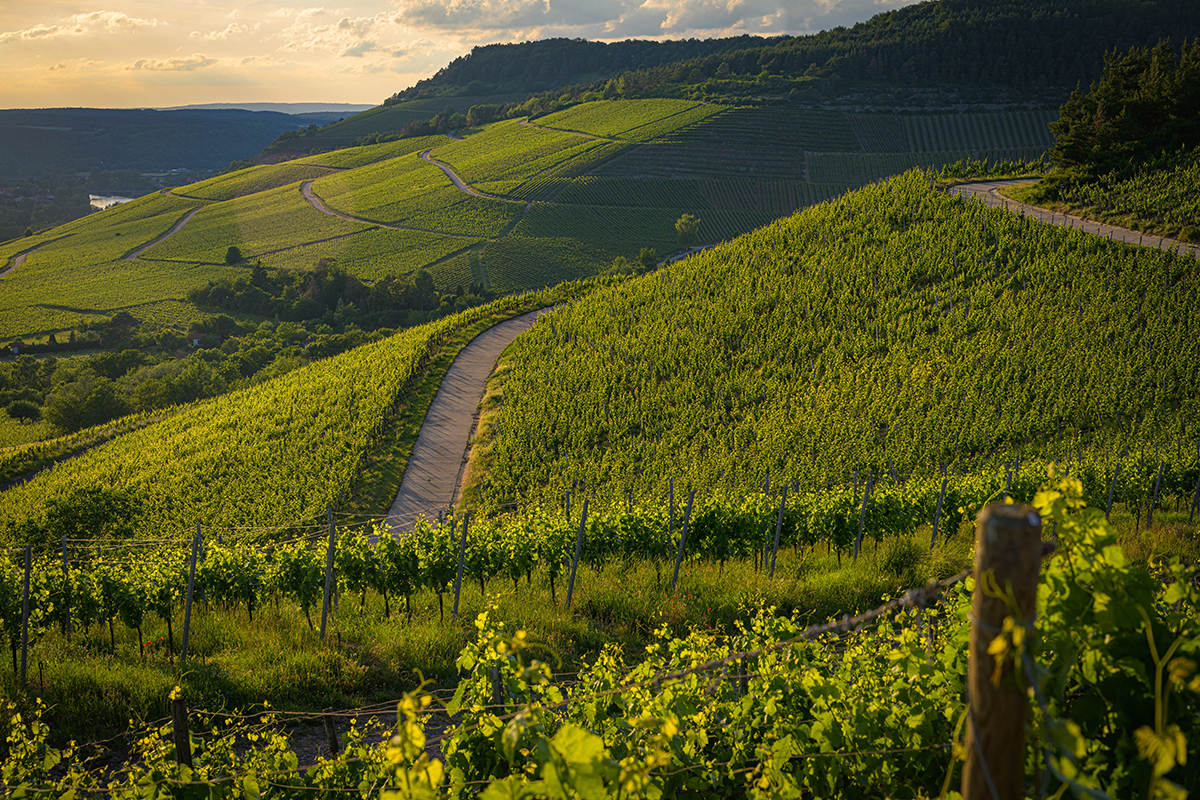France is known for its exquisite wines, which have become a hallmark of its culture and history. From noble Bordeaux wines to sparkling champagne, each region offers unique wine varieties that differ in taste, aroma, and character. A journey along France’s wine routes allows one to experience the diversity of its wines and enjoy unforgettable gastronomic impressions.
Bordeaux: The Home of the Finest Red Wines
The Bordeaux region in southwestern France is one of the most famous wine regions in the world. Its mild climate, combined with fertile soils and proximity to the Atlantic Ocean, creates ideal conditions for growing grapes. Bordeaux is primarily known for its red wines, including varieties such as Cabernet Sauvignon, Merlot, Cabernet Franc, and Malbec. These grape varieties are often blended to create complex and full-bodied wines that can age in bottles, developing unique flavor nuances.
Wine Routes of Bordeaux
For wine-interested travelers, Bordeaux offers numerous wine routes that cover different areas of the region. One of the most popular routes is Médoc, where you can find famous estates like Château Margaux and Château Latour, which produce wines with “Grand Cru” status. Another interesting destination is Saint-Émilion, a medieval town that is part of the UNESCO World Heritage. Here, visitors can tour wineries with centuries-old traditions and small family estates, learning about the subtleties of wine production and enjoying tastings.
Immersing in Bordeaux Culture
Bordeaux is not only about wine but also about cultural traditions. The city of Bordeaux hosts the largest wine festival, where streets and squares are filled with tastings, workshops, and tours. Travelers can also visit the Museum of Wine and Vineyards to better understand the history and process of winemaking.
Burgundy: The Finesse and Elegance of Wines
Burgundy, located in eastern France, is famous for its refined red and white wines made from Pinot Noir and Chardonnay. The climate here is cooler than in Bordeaux, allowing grapes to ripen slowly, creating intense aromas and complex flavors. In Burgundy, terroir is highly valued: local winemakers believe that each vine reflects the unique characteristics of soil and climate, giving the wine an unmistakable character.
Wine Routes of Burgundy
Traveling through Burgundy, one should visit the Côte-d’Or – the central winemaking area, divided into the subregions Côte de Nuits and Côte de Beaune. Côte de Nuits is known for its outstanding red wines made from Pinot Noir, while Côte de Beaune produces both red and white wines. In every winery, guests are welcomed warmly and given the opportunity to learn how these exquisite wines are made.
Historical Aspects of Burgundy Wines
Burgundy is a region where winemaking has deep historical roots. Even in the Middle Ages, monasteries played a key role in developing viticulture, creating unique vineyards that are famous worldwide today. Each winery in Burgundy holds its own secrets and traditions, allowing it to create wines with a distinct personality and taste.
Champagne: The Home of Sparkling Wines
The Champagne region is the only place where true champagne can be produced, as the name of this sparkling wine is protected by law. Located in northeastern France, Champagne is known for its unique, limestone-rich soils and cool climate. The main grape varieties used for champagne production are Chardonnay, Pinot Noir, and Pinot Meunier, which, thanks to a unique production method, acquire lightness and delicate bubbles.
Wine Routes of Champagne
The main centers of champagne are the cities of Reims and Épernay. In Reims, you’ll find the largest and most famous champagne houses, such as Moët & Chandon and Veuve Clicquot. The wine routes of Champagne include tours of wine cellars, where champagne matures and gains its unique flavor. You can also take a walk through the vineyards and observe the grape harvest process.
Traditions and Production of Champagne
The method of making champagne, known as the “méthode champenoise,” was perfected in this region. To achieve its characteristic bubbles, champagne undergoes a secondary fermentation in the bottle. This process requires time and precision, making champagne a special drink associated with celebration and luxury.
A journey through the wine regions of France is an opportunity to enjoy outstanding wines and to discover the culture and traditions of this country. France’s wine routes provide unforgettable experiences, making the trip truly exceptional.


